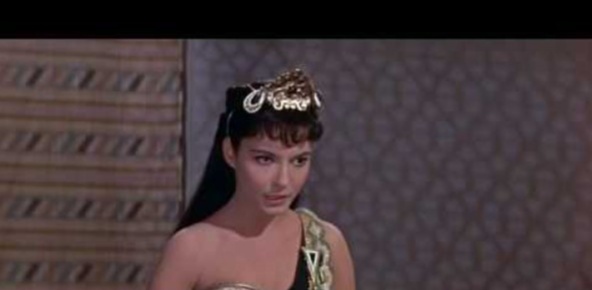This week’s Jupiter-Saturn conjunction represents one of dozens of theories trying to explain the sign that pointed Magi to Jesus.

Jupiter isn’t a star. Neither is Saturn. But for one night only, on the winter solstice, they will be.
If we look up at the sky at the right time, we will see the great conjunction of 2020. Low on the horizon for most observers, Jupiter and Saturn have been visibly moving toward each other for days. On the evening of December 21, these two planets will be so close that they will appear to the naked eye as almost one—a bright star in the heavens.
The last time there was a visible great conjunction? 1226. Francis of Assisi had just passed, and the great doctor of the church, Thomas Aquinas, was recently born.
Before that, the most famous great conjunction occurred in 7 B.C.—auspiciously close to the birth of Jesus. Close enough that some believe that the great conjunction is the Star of Bethlehem. Could it be?
Star of wonder, star of night
It seems like every year we’re eager to offer another speculation or theory for this piece of the Christmas story—a detail in a single Gospel account that has come to loom large in our retellings and depictions of Christ’s birth.
Nativity scenes in storybooks and light-up lawn displays are topped with a telltale twinkling star. It’s a sign that from the moment Christ was born, he caught people’s attention and drew them to worship.
Our obsession with the star phenomenon is somewhat unusual since we modern people rarely look up to study the skies, given the glitter that exists today below the horizon. But the movement of stars in the sky attracted attention in the ancient world.
Today, stargazing is a quaint activity of a bygone era, but in the ancient world it was the raw materials for calendars and omens, mythologies and agricultures, dreams and divinations. ...
from Christianity Today Magazine
via




.gif)

.gif)
.gif)
